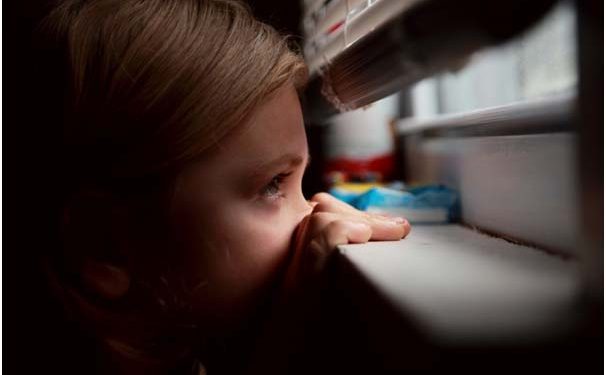Coronavirus disease (COVID-19) is a contagious infection that has to strike the world hard. Many people who become infected have recovered, and some have died, but it may be more acute for many others, especially in older people who already have health problems. Below are a few basic actions you can take to safeguard your wellbeing and the well-being of other men and women.
The important thing is that we do not understand a lot of things about this particular virus. However, we know that it spreads through air droplets from an infected person when the individual coughs or sneezes. Other folks may be infected once they reach a face with virus particles onto it and then touch their mouth, nose, or eyes. Hand hygiene is the best weapon in any struggle between infectious and human diseases.
Do not touch your face- This is a whole lot tougher than it seems and requires careful effort. The normal man reaches their face 23 times an hour, and approximately half of their time, they are touching their mouth, eyes, or nose, the mucosal surfaces which COVID-19 infects.
Stay home- If you’re feeling ill, look for proper medical advice. Social networking is precisely what it sounds like: maintaining your distance from other men and women. It is frequently utilized to describe general health measures enforced by local authorities, such as quarantining the sick, shutting schools, and canceling public parties. And, when it is done early enough through a sinus disease, it has been demonstrated to save. Here is how to take action
Maintain your space- The number of individuals in any particular place is vital, but density is much more significant. Stay at least six feet apart from others — that space respiratory droplets from a cough or sneeze are considered to travel. Protect yourself by remaining out of scope.
Do not hug or shake hands- In case you need to meet up with someone in person, remain at least six feet apart, and discover an alternate greeting. At the same time, studies have revealed that fist lumps and even substantial move much fewer germs than a handshake, no-contact choices are better.
Create a conscious effort to steer clear of crowds- By way of instance, consider walking or riding a bicycle to get where you are going rather than taking the subway or a bus.
Put on a mask- That is because we know that individuals who contract the disease are most infectious for the first 72 hours before they produce symptoms. Additionally, a substantial number of different people that are infected with the virus stay asymptomatic but ready to infect other people.

Final Words
By blocking an important number of respiratory secretions, your mask protects other people, and also, their masks shield you. While we are aware that the virus is mainly spread from person to person, it’s theoretically feasible to host COVID-19 by touching a contaminated surface and then, accidentally, touching your mouth, face or nose. Whatever the case, we are aware that the virus is more susceptible to disinfectants.






